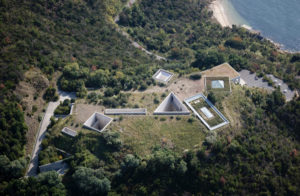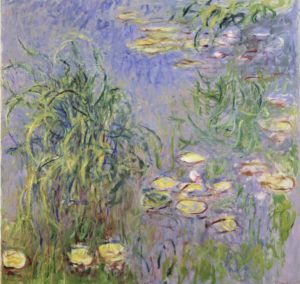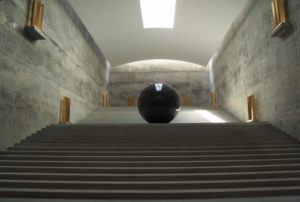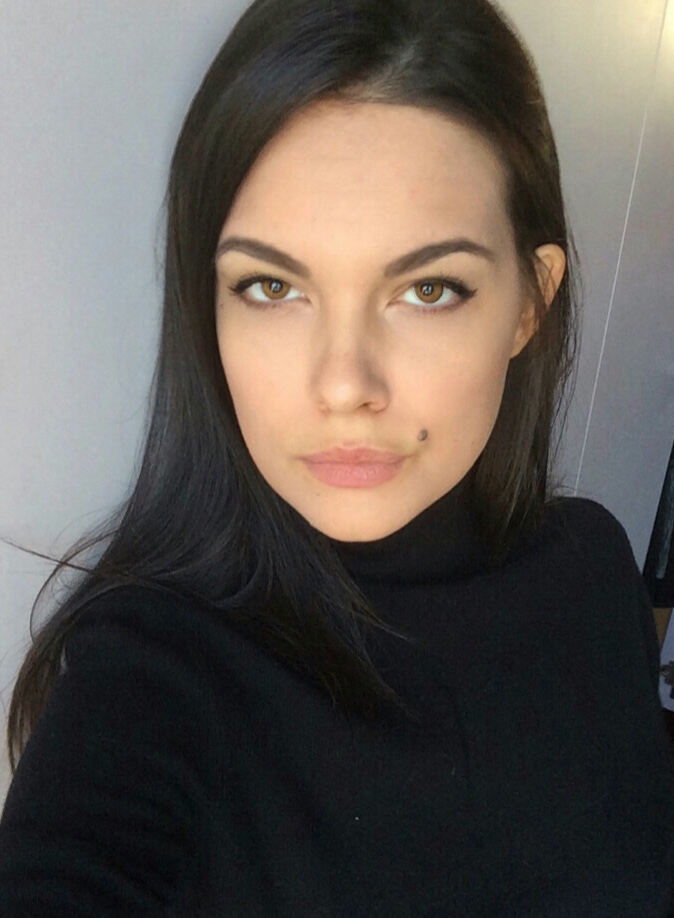In Naoshima, a Japanese island 3 km south of Tamano, reaching the Chichu Art Museum is not easy, not considering the lucky guests of the Benesse House. Welcoming and “difficult” at the same time is the whole island, which is, however, genuinely beautiful: famous for its dedication to contemporary art, thanks – also to the massive presence of Tadao Ando, Chichu is one of its supreme pearls.
As the name suggests, Chichu is located underground (chichu literally means “in the ground”) and houses a permanent collection of only 3 artists: Claude Monet, whose works occupy the heart of the building, Walter de Maria and James Turrell. We can call it an “ideal museum” and therefore difficult to manage; however the installations are superb, held together by the desire to reflect around the dialectical concepts of caesura and immersion, although the museum’s catalog prefers to insist on the relationship of the three artists with nature and the surrounding spaces.
The room dedicated to Monet is an unspeakable spectacle. If we try, we would say that in an almost anesthetizing white space, covered with marble and extremely bright, certainly cinematic, there are 5 works by the Monet from the Ninfee series, and at the same time something exceeds them. The sacred monumentality that conveys a certain reverential fear and that takes your breath away (and here is the distance, the fracture, between the spectator and the works) makes it possible to enjoy the paintings as a whole. But then the sensuousness of the pictorial material inevitably pushes close to the artworks: as far as everything seems already known, from the subjects to the studies on light, there is something dark and slightly disturbing in these paintings made by the artist in the last years of his life. In some areas the brushstrokes ferment now in a lamelliform sense, now vertically, now in a shapeless and maternal womb. The contemplation of the natural landscape here is about how peaceful, at times, the pain that the world inflicts on us and in which we live can be.
The same dialectic between distance and immersion underlies James Turrell‘s works: in Open Field a blue square stands out on the wall of the room that houses it, which at first sight seems impenetrable. The spectator is invited by the cultural mediator to remain on the threshold. After walking a short staircase, therefore, he is allowed to enter it. In a space that is radically made of light and color one feels alive and disoriented, perhaps in danger; we are at the center of the beating heart of a pure sensitivity, within which the religious echo of illumination is transcendental drive to salvation resounds.
To reach the room dedicated to Walter de Maria you have to go through a dark corridor that receives light only from small holes, which runs perpendicular to a small garden of stones, with a triangular shape: it is doubtful that this is a work of art itself, considering the appeal that has on the viewer, which yearns for its complete, not sobbing, vision. When the garden finally reveals itself, you have an insatiable hunger to walk in it, preferably on a rainy day.
So De Maria’s room. The exhibition space is impressive: at the center of a staircase there is a dark and reflective sphere, while on the sides of the walls the pattern of three columns is repeated, ending in different geometric symbols. At first glance references to the classic come to mind, and on closer inspection one has the impression of entering a sacred place, within which walking on tiptoe, into which one has entered, perhaps, without permission, as in the cases of previous works. But the truth is that even in this case we are within a space to live in, where we can mirror ourselves and stop, for a long time, to ask ourselves “Why are things as they are?” And then go away.
Info:



For all the images: Views of Chicu Art Museum, Naoshima. Courtesy of Benesse Art Site Naoshima

Graduated in Art History with a thesis in Philosophy on Baroque allegorism in Benjamin, I love the roaring avant-garde of the Ten and Twenties, the heuristic ability of the philosophy of art and I make my own the phrase attributed to Paul Gauguin according to which art it is plagiarism or it is revolution.






NO COMMENT